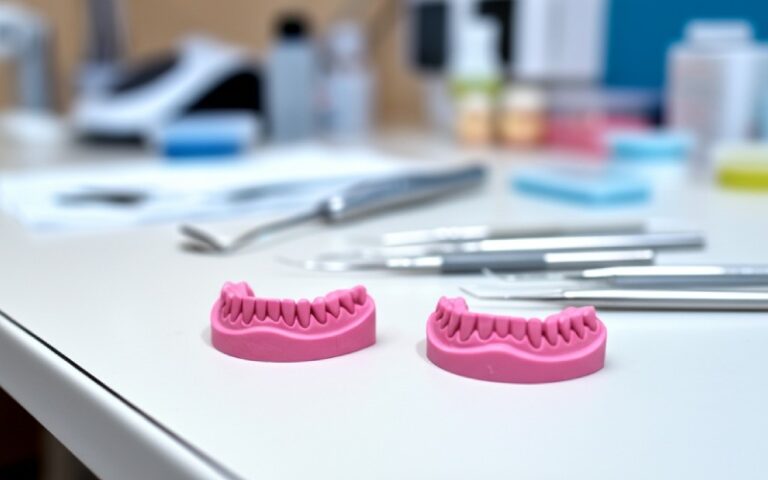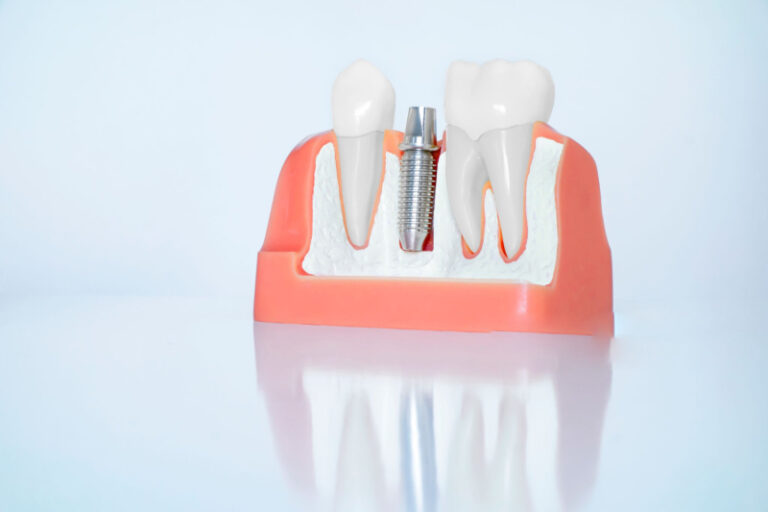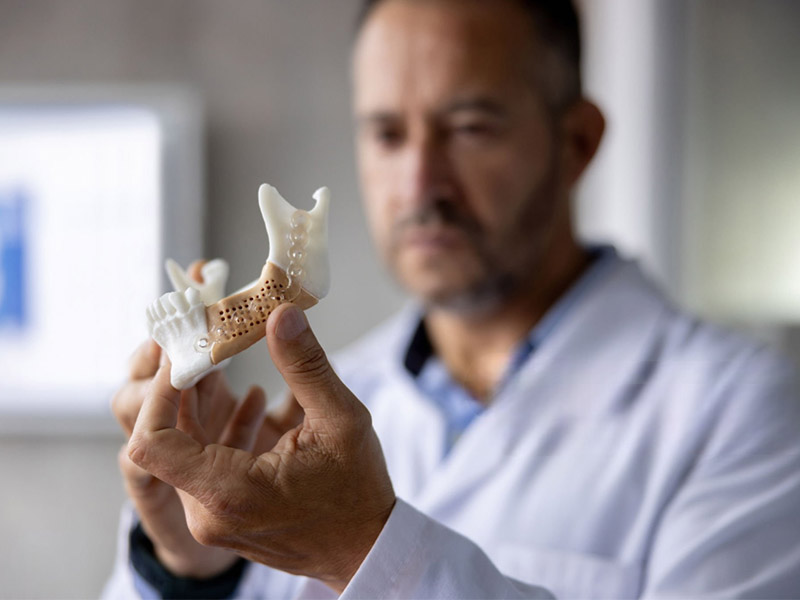
Emax Crowns: The Art and Science of Natural-Looking Dental Restorations
It’s normal to want teeth that look and feel as good as new—especially after getting a crown or veneer. Maybe you’re asking yourself, “How do dentists make fake teeth look so real?” Or maybe you’ve heard about Emax crowns and you’re curious why they’re seen as the best for natural smiles. If words like “layering” and “staining protocols” sound confusing, don’t worry! I’m here to explain everything in simple terms and show you what really goes into making an Emax crown that looks and feels just right.
Table of Contents
What Are Emax Crowns, and Why Do They Look So Real?
Let’s start from the beginning. You might think, “A crown is a crown—right?” But the material and the way it’s made make a big difference. Emax crowns, sometimes called IPS e.max, are a type of ceramic dental crown made from something called lithium disilicate. That sounds technical, but here’s the thing: lithium disilicate is both really strong, and it lets light shine through like real teeth do.
Because of these features, Emax crowns let skilled technicians add colors and textures just like the ones you see in real, healthy teeth. They don’t just give your tooth strength; they give you a smile that’s almost impossible to tell apart from the real thing.
Quick example:
Think about looking at a stained glass window. If it’s just one color, it’s boring. When you add lots of colors and patterns, the window comes to life. That’s what Emax crowns can do when they’re made well.
Fun Fact:
Emax crowns work on both front and back teeth, and get great reviews—over 90% of patients and dentists are happy with how natural they look (Gehrt et al., 2013; Rauch et al., 2018).
How Dentists and Technicians Make Crowns Match Real Teeth
Here’s where the art comes in. Real teeth aren’t just white blocks; they have layers, bits of color, and little marks that make them special. Making a crown look as good means knowing science and having an eye for detail.
So, what’s happening here?
Layers: More Than Just One Color
Think of a tooth like a jawbreaker candy. If you’ve bitten into one, you’ve seen the rings inside. Real teeth have three main layers:
- Enamel: The tough, shiny outside layer, kind of see-through (like frosted glass).
- Dentin: The softer, yellow layer underneath. This gives your tooth its main color and helps with how light goes through.
- Pulp: The soft inside with nerves and blood (don’t worry—crowns don’t go this deep!)
Emax layering means the technician copies these looks using different ceramic powders and tints, adding them and baking (heating up) each layer to get those soft details you see in real teeth.
Staining: Not the Bad Kind
In dentistry, “staining” means putting little bits of color or shine onto a crown to copy things like the gum line, tiny white spots, or those faint lines you may see in your front teeth.
Why All This Work?
Real teeth aren’t just white or flat. If you look close, you might see tiny lines, bumps, even a splash of blue, gray, or amber. Layering and staining lets the dental tech build all these details into your crown.
Example:
Have you noticed your front teeth look a little bluish or clear at the edge in sunlight? That’s called translucency or an “incisal halo”—something pros can copy with Emax crowns.
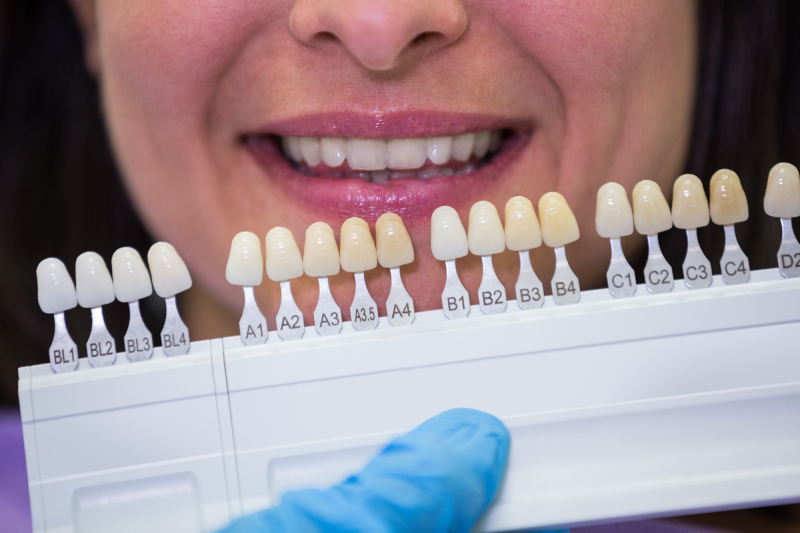
Layering and Staining, Made Simple
Let’s peek into the lab.
Step 1: Making the Base
First, the tech picks the Emax type (pressed or made from a block) for your needs. Both are strong but let the tech add layers and see-through effects.
Step 2: The Cut-Back Trick
A lot of times, the Emax crown gets a bit shaved off—or “cut-back”—before the last bake. This makes space for the top layers that give a tooth its real look.
Example:
Think of icing a cake. If you slap on one thick coat, it’s plain. If you use colors, swirl it, and add glitter, you get a real showpiece.
Step 3: Dentin and Enamel Layers
- Dentin layer: This is the base color, made to look like the deeper shade of your natural teeth. The tech puts this on in uneven ways to copy a real tooth’s look.
- Enamel layer: On top of the dentin goes a see-through layer to get that glassy look of real teeth.
Here’s the fun part: adding little white or orange streaks along the edge, picking how much see-through or shine to use. A really good technician might use several kinds of ceramics—clear, warm amber, you name it—even for just one tooth!
Step 4: Staining for Details
- Inside stains: Put in during layers—these add lines or patches of color inside, like in young, healthy teeth.
- Outside stains: Put on last. These bring out grooves, copy details from older teeth, or help the crown blend in with the rest of your smile.
Step 5: Glazing and Polishing
After the layers and stains, the tech puts on a glaze. This protects the crown and makes it shiny (or not, if you want a natural look).
Finally, the crown is softly polished—kind of like shining a gem. The finished crown looks great and lasts for years.
If you like numbers:
When done right, Emax crowns last 95–98% of the time for 5–10 years, and almost never chip if made well (Pelaez et al., 2012).
How to Care for Your Emax Crowns at Home
Now it’s your turn. Here’s the good news: Emax crowns don’t need any wild new habits. Just care for them like your other teeth—but don’t get lazy, either!
Basics
- Brush and floss every day: Emax doesn’t get cavities, but plaque still builds up on and around crowns, and that can hurt the tooth under the crown or your gums.
- Use gentle toothpaste: Don’t use the really gritty “whitening” kind. It can scratch the glaze over time.
- Don’t bite hard things: Ice, nails, pen caps, or really hard candy can snap the porcelain, the same as a real tooth would crack.
- Wear a nightguard: If you grind your teeth at night, ask for a mouthguard to protect both your crowns and your real teeth.
Things to Avoid
- Don’t use your teeth as tools (no opening packages with them!).
- Don’t skip regular dental checkups. Even the best crowns need a dentist to keep an eye on them.
Tip:
If your crown ever feels rough, sharp, or you see a crack, call your dentist right away. Most problems are easy to fix if you catch them early.
When to Call Your Dentist: Signs Something’s Wrong
Dental work doesn’t last forever. Look out for:
- Crown feels loose or weird
- You see swelling, pain, or a bad taste near the crown
- It cracks or chips (even small chips can get worse)
- It changes color or gets a stain that won’t go away
- Gums around the crown get red or sore and stay that way
Taking care of problems early keeps bigger worries away.
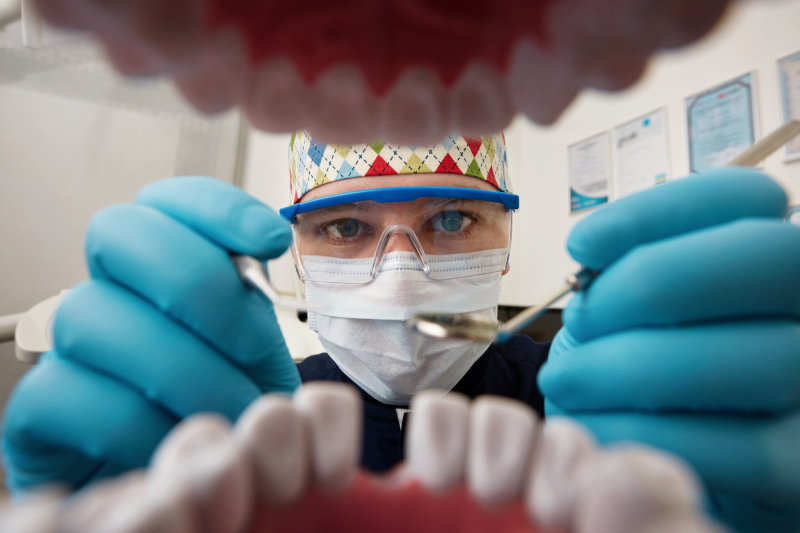
Who Should Get Emax Crowns?
Not everyone needs the same type of crown. The good news is, Emax fits a lot of people!
Best For
- Front or back teeth where you want great looks and strength.
- People with healthy gums and a solid tooth under the crown.
- Anyone who wants their crown to match their own teeth well.
- People looking for something strong that lasts—especially compared to older types.
Not Perfect For
- Very crooked teeth: Might need more work or a different kind of crown.
- Big bite problems (like heavy grinding): Any ceramic can wear down or break under tons of pressure.
- Short roots or weak teeth: The crown needs something sturdy to stick to.
- Mix-and-match repairs: Sometimes Emax crowns go with tougher materials (like zirconia) if your dentist needs to rebuild several teeth.
Real Talk
Emax works for most folks, but if you’ve had tricky teeth or grind a lot at night, your dentist might suggest extra steps for the best results.
Your Healthy Takeaway (Main Points)
Knowing more means feeling better! Here’s the quick list:
- Emax crowns are the most like real teeth: Layers and colors make them both good-looking and tough.
- Who makes the crown matters: A skilled lab worker re-creates the fine details in your teeth.
- Simple care, still important: Brush, floss, and don’t test your crown’s new strength.
- See the dentist if anything changes: Crowns can last a long time if you get regular checkups.
- Not the only choice: Emax fits a lot of people, but talk to your dentist to find the best fit for you.
What to Do Next
Want to see if Emax crowns are right for you? Here’s what to do:
- Book a meeting with your dentist: Ask them to show you your choices, show before-and-afters, and go over what’s most important to you—maybe you care most about strength, or having all your teeth match perfectly.
- Ask about the lab: Don’t be shy—ask where your crowns come from and who’s making them. Some labs even invite you in to match the color!
- Take care of your teeth (and crowns!): Brushing and flossing every day helps protect your crown and your overall health.
- Ask questions: The more you know, the better choices you make; a good dental team will answer everything you want to know.
Remember: Your dentist is your guide, not just a tooth fixer. You should have a smile that gives you confidence whether you’re laughing, taking selfies, or sipping on a cold drink.
If something about your crown worries you, ask! Most dentists are happy to explain what they’re doing and why—they want you to feel comfortable and in charge.
Frequently Asked Questions About Emax Crowns
Q: Can my Emax crown stain like a normal tooth?
A: Good news—Emax crowns don’t get stained by food or drinks nearly as much as regular teeth. But the glue under the crown or any exposed tooth can still change color, so keep up with regular cleanings.
Q: How long does it take to get an Emax crown?
A: Usually, it takes two visits a couple of weeks apart. Some offices can make them the same day with special machines, but if you want the most natural look, a little time in the lab does the trick.
Q: Is it safe for people with allergies?
A: Emax doesn’t use any metal and rarely causes allergic reactions, so it’s a good pick if you’re sensitive.
Q: What if my Emax crown feels weird when I bite down?
A: Call your dentist for a quick fix. If the crown is too high or your bite feels off, they’ll smooth it out and make sure everything’s just right.
Sources and Medical Review
- American Dental Association—Crowns
- Gehrt M, Wolfart S, Rafai N, Reich S, Edelhoff D (2013). “Clinical results of lithium-disilicate crowns after up to 9 years of service.”
- Rauch A, Reich S, Schierz O. (2018). “Clinical outcomes of 1,021 lithium disilicate crowns.”
- Pelaez J, et al. (2012). “A prospective evaluation of the clinical performance of monolithic and veneered lithium disilicate molar crowns.”
A healthy, confident smile can change your life. If you take care of your Emax crown and ask your dentist questions, you can keep your smile looking and feeling great for years. If you want to know more, your dental team is just a call away—so don’t be shy!

